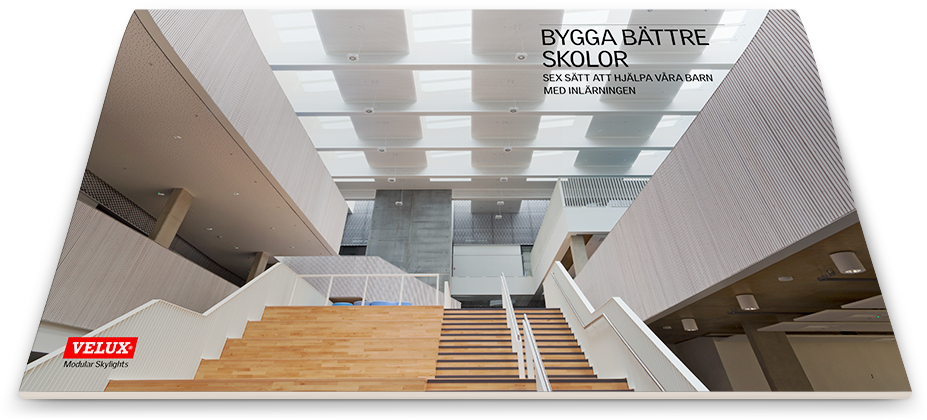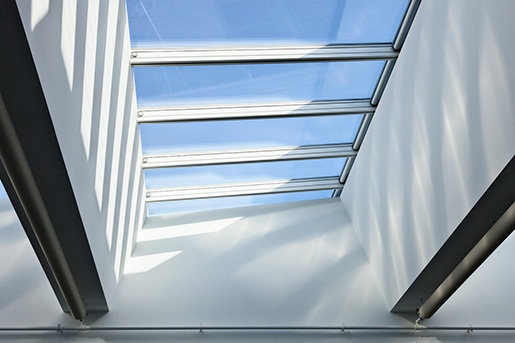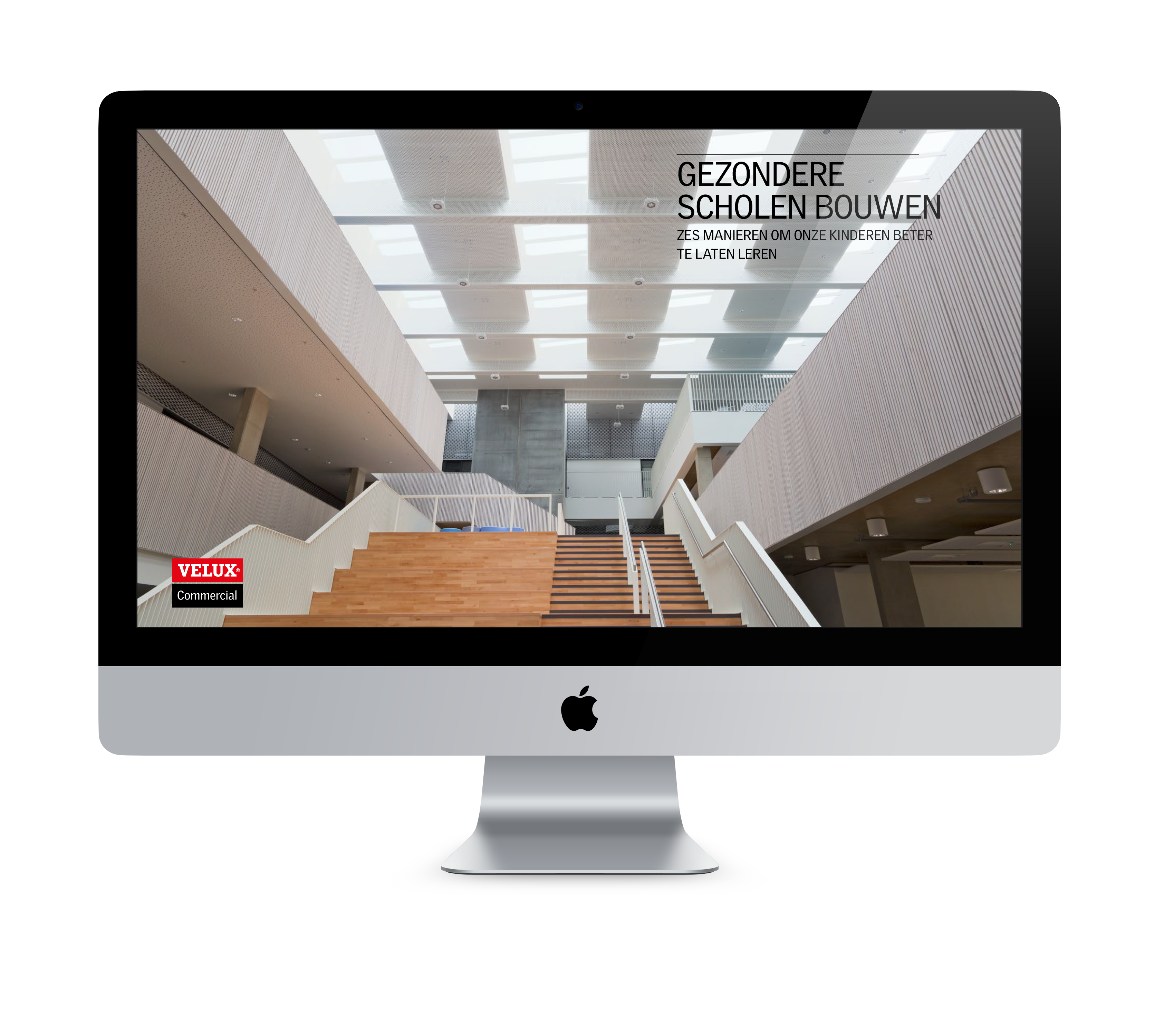Ryparken Lille Skole (letterlijk 'Ryparken kleine school') is gevestigd in een oude textielfabriek in Kopenhagen. Jarenlang hadden de school en zijn gebruikers last van de vervallen staat van het gebouw. Tot begin 2010, toen het schoolbestuur besloot om een groot renovatieproject te beginnen.
In het plan werd opgenomen dat de oude lichtstraten met enkel glas vervangen zouden worden door 85 vaste en 12 ventilerende VELUX modulaire lichtstraten met triple glas.
Omstandigheden optimaal benutten
De oude, tot school getransformeerde textielfabriek had last van ouderdomsgebreken. Het dak lekte en het energieverbruik om het gebouw te verwarmen was torenhoog.
Het pand slopen was geen optie. Dit zou te duur zijn en het iconische gebouw was sowieso aangemerkt als monument. De school besloot dus om het gebouw te moderniseren en tegelijkertijd het binnenklimaat te verbeteren met meer daglicht, frisse lucht en betere temperatuurbeheersing.
Het duurde niet lang voordat de architecten hun blik op de lucht richtten om de visie van de school te verwezenlijken. Het iconische sheddak met het donkere glas was de perfecte kans om in één keer twee behoeftes te vervullen.
Comfortabele temperaturen en goede CO2-niveaus gedurende het hele jaar
In een seizoensklimaat zoals dat van Denemarken kan het lastig zijn om een comfortabel binnenklimaat te realiseren. Onvoldoende ramen en andere ventilatiemogelijkheden kunnen tot hoge temperaturen leiden in de zomer, maar een gebrek aan ventilatie kan zorgen voor te hoge CO2-waardes en een slechte luchtkwaliteit gedurende het hele jaar.
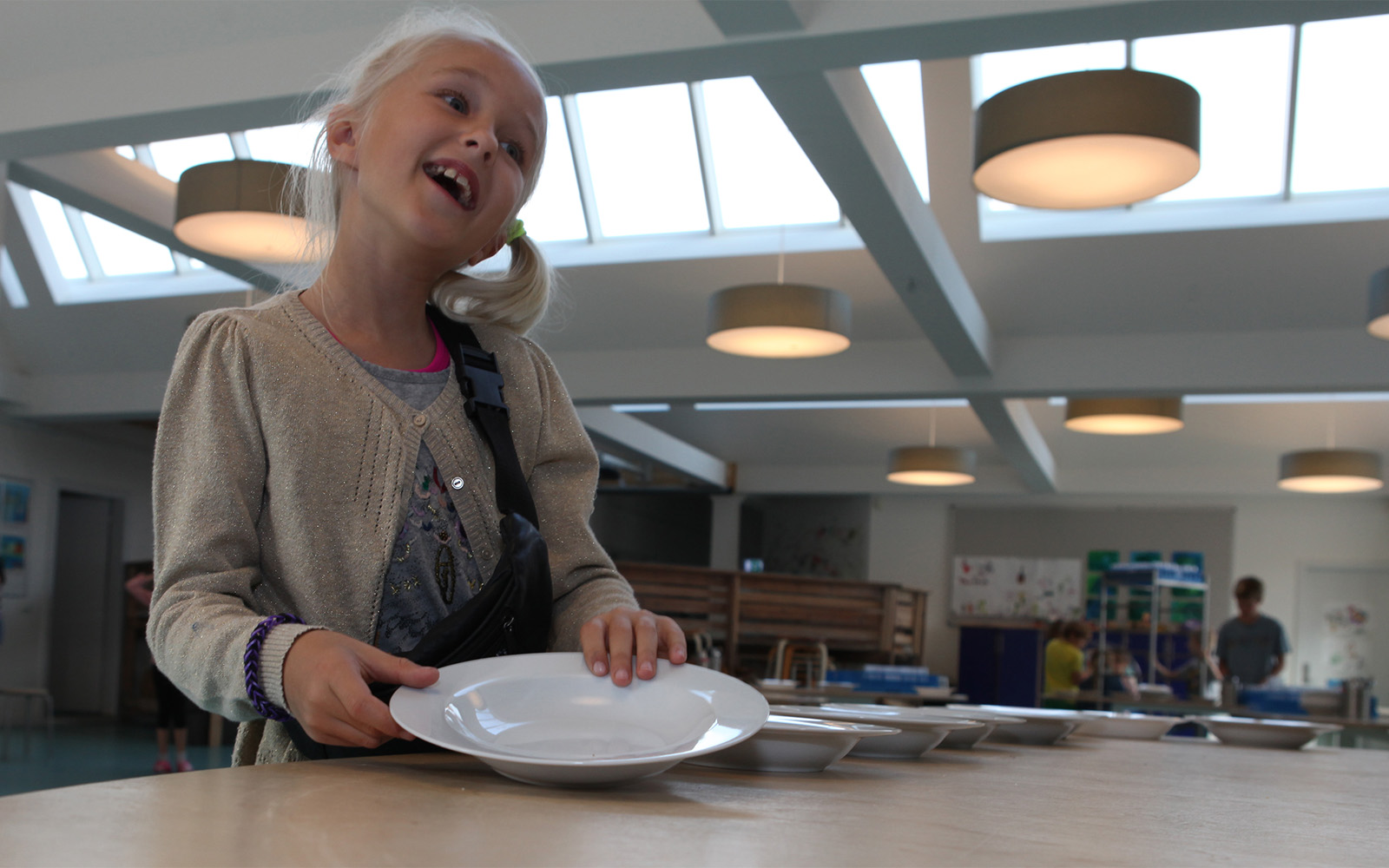
Te veel ramen kunnen er echter voor zorgen dat de gebruikers het ijskoud hebben in de winter. Tenzij de ramen goed geïsoleerd zijn, uiteraard. Dit is een van de uitdagingen voor architecten die in seizoensklimaten werken: hoe creëer je een goed binnenklimaat en tevens voldoende daglicht gedurende het gehele jaar?
Goed thermisch geïsoleerde ramen en lichtstraten met minimaal dubbel glas zijn essentieel. Volgens de huidige normen was het enkele glas van de bestaande ramen in Ryparken Lille Skole een echte koudebrug die de warmte door het dak liet ontsnappen.
De uitstekende thermische eigenschappen van het triple glas van de nieuwe VELUX modulaire lichtstraten zorgen nu voor voldoende daglicht in de winter, zonder dat de temperatuur daalt en de energierekening stijgt.
Frisse lucht door het dak
Isolatie is slechts een deel van het verhaal. Om goede CO2-niveaus en een aangename temperatuur in de zomer te bereiken, heb je ook frisse lucht nodig. Zeker in een gebouw als Ryparken Lille Skole dat maar weinig gevelramen heeft. Om ervoor te zorgen dat de klaslokalen goed geventileerd worden, was een van de belangrijke projectdoelen om een grote, geventileerde ruimte te creëren.
VELUX modulaire lichtstraten boden de optimale ventilatieoplossing: er werden twaalf ventilerende modules geïnstalleerd in de lichtstraat. Hierdoor kan er uitstekend geventileerd worden, wat een positief effect heeft op comfort, gezondheid, welzijn en schoolprestaties.
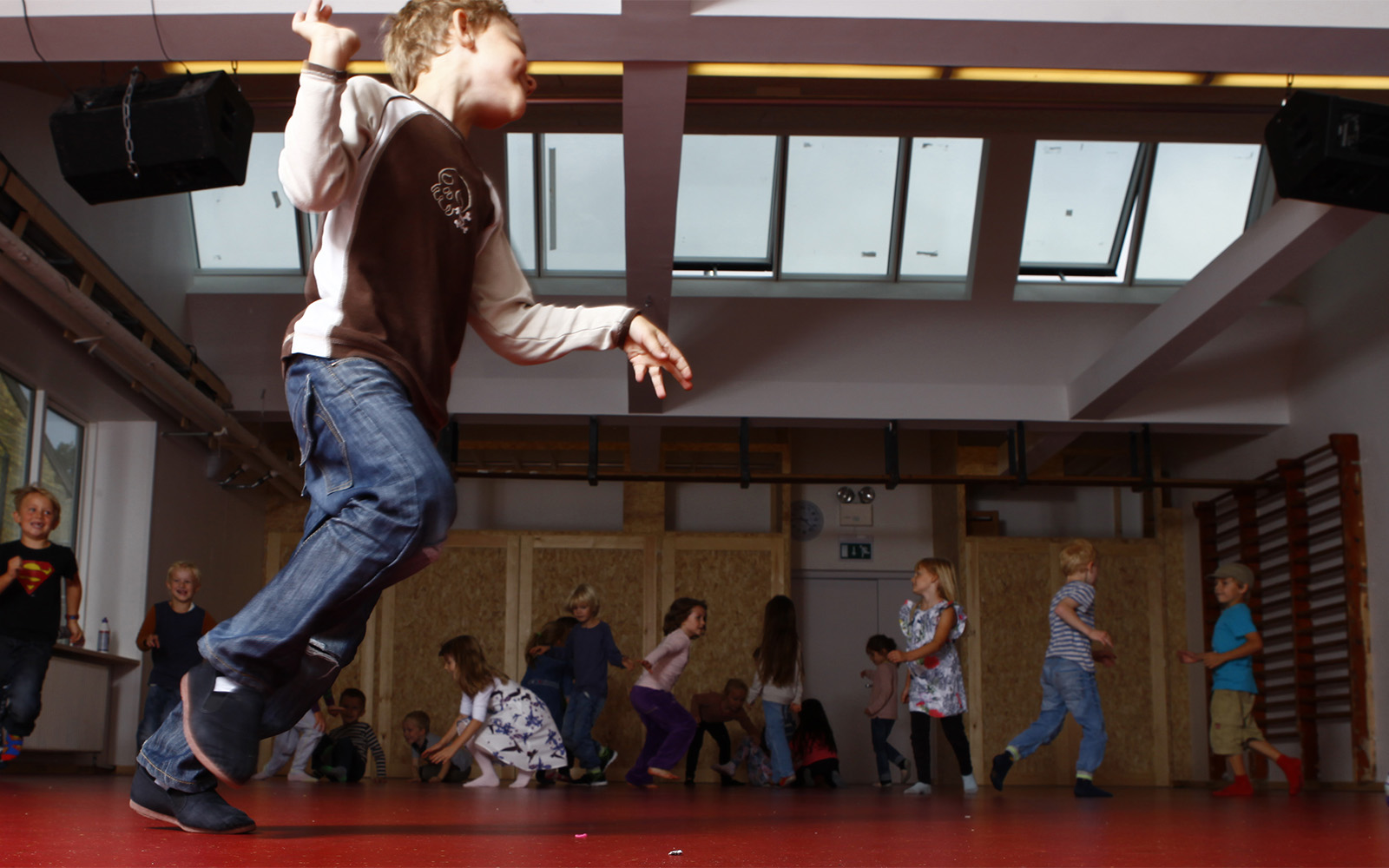
Het is namelijk mogelijk om VELUX modulaire lichtstraten samen te stellen met tot wel 50% ventilerende modules. Alle modules ogen identiek als ze gesloten zijn, zodat dit geen nadelige esthetische invloed heeft op het ontwerp.
Verder kunnen de ventilerende modules zo worden ingesteld dat ze automatisch open- en dichtgaan. Deze geautomatiseerde ventilerende modules zijn vooral handig op een school als Ryparken Lille Skole, waar lessen en pauzes volgens een vast schema verlopen. Daardoor kan er een ventilatieschema worden opgesteld waarin de ventilerende modules samenwerken met CO2-sensoren. Tijdens de pauzes gaan de modules open om frisse lucht binnen te laten, indien nodig.
Geautomatiseerde ventilerende modules zorgen ook voor een gezonder binnenklimaat, met minder CO2, minder deeltjes in de lucht en een betere natuurlijke koeling in de warme zomermaanden.
‘We zijn enorm blij met het resultaat. De school is een veel betere werkplek geworden met een betere omgeving voor iedereen,’ zegt Mette Lisbjerg Jensen, rector op Ryparken Lille Skole.
Slechte luchtkwaliteit heeft invloed op leerprestaties
Uit verschillende onderzoeken is gebleken dat een slechte luchtkwaliteit leidt tot slechtere leerprestaties en dat een goede luchtkwaliteit bijdraagt aan goede cijfers.
‘Onze prachtige school had wat hulp nodig. Niet alleen om de levensduur van het gebouw te garanderen, maar ook om ervoor te zorgen dat de school een aangename plek is voor zowel kinderen als werknemers.’ Mette Lisbjerg Jensen, rector

.svg)


